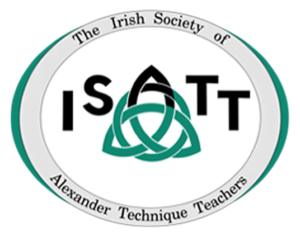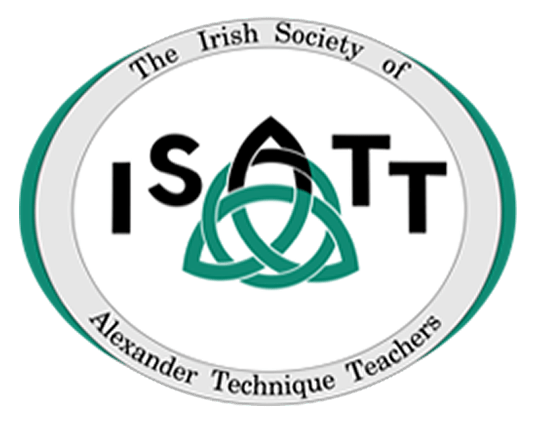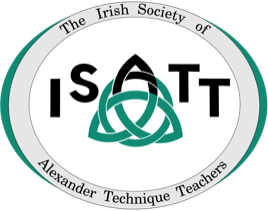Ex-international Basketball Player – Back and Leg Issues
Žiga Repanšek
Ex-international Basketball Player and Sports Teacher
My back pain started at the age of twenty-one when I was playing basketball professionally for Slovenia in the international first team. We had a physiotherapist who did massage and manipulated the spine, so I was able to train twice a day and play basketball at the highest level in Slovenia at that time. During one game I was running with a ball at high speed and my knee could not withstand the pressure and suddenly gave way. An arthroscopy on my knee showed that I have torn the anterior cruciate ligament (ACL) and had badly damaged the meniscus. After this, I had knee surgery and replacement of ACL and the meniscus was removed. During the rehabilitation period following the operation, I started to feel a huge pain not only in the leg, but also in my lower back as well. This was probably due to the fact that I had to change the way I was walking because of the limited movement of the operated knee.
One day my back was so painful that I couldn't even walk from the house to the car to go into hospital, so I was taken to the orthopaedic clinic in Ljubljana where they diagnosed that the L4/L5 disc was prolapsed. I decided not to have the recommended operation although the doctor said it is necessary. Instead, I went to a chiropractor, who helped ease the pain in my lower back a little. So over the next few years, I lived quite a 'normal' life, although I was unable to play basketball as I still suffered from lower back and knee pain, which now had become chronic. The problem was that from time to time my back seized up. So I could not get out of bed in the morning, bend down to pick anything up, no matter how light, or even put my socks on. When that happened I needed to lie on a hard floor for two or three weeks and would only walk when I needed a toilet. But after 15 years of constant tension and pain in my body the tension and pain become part of me and I got used to it.
The main problem is not much physical anymore, but it was psychological since the worst part was that I became afraid all the time about the pain coming back and that thought often chained me to the bed. So I restricted my movements and my activities; consequently, all of my life became like a mental game of ‘how to stop the back pain returning'. During this time I experienced many different traditional and alternative techniques to help reduce the pain. These included doctors, different types of physiotherapy treatment, massages, Bowen method, reiki, craniosacral, chiropractic etc. Some of them helped a little bit, but only for a short time. After a few days, I would need another therapy session again.
At 36 years of age the biggest pain in my life came. I didn't slip or fall, nor do anything unusual, but the pain did come at the time in my life when I was under a great deal of stress. So I went back to the orthopaedic clinic again, but as it was the weekend I had to wait until Monday even though I was told that the operation was urgent. After the operation, due to the delay, I had a paresis of my leg and foot as it was too late to save part of the sciatic nerve. At that time I wrote to my diary:
'Paresis of the foot is like being in a very large, completely dark room in which you are looking for a way out or anything tangible. It is a dark forest without a path, in which you wander and try your best to get out somewhere - to at least minimal movement, but can't find any light at all.'
After a few months of rehabilitation, I realised that traditional medicine could not help me, since I had visited many specialists who were unable to help. So I have started to search for alternatives. First I discovered Clinical Somatic and Feldenkrais. These two techniques brought me to a subtle observation about how I was contributing to a lot of my own pain.
However, it was only when I first went to an Alexander Technique lesson in New York that I realised how light and pain-free I could be in only 30 minutes, without doing hardly anything. The feeling after the lesson cannot be fully described in words, but it was like being a child again: I was moving easier, with no effort or pain. It was like I had had an operation that put WD40 in all my joints. After years of coping with pain, I seemed to have found something that really helped me to be completely free from pain. It gave me so much hope that whenever I went to a foreign country I was always looking out for any sign of the Alexander Technique since at that time there was no Alexander Technique teacher in Slovenia.
Around this time by a strange coincidence, I wrote an email to Richard Brennan and after a few emails, he offered to come to Slovenia to give a talk and workshop. The workshop was so successful that Richard and I decided to set up a series of regular workshops in Ljubljana once a month and due to this, I become more and more interested in the Alexander Technique as I could see the great potential that technique had for reducing and preventing tension and pain in the body.
Now as a teacher in physical education I can see how the technique can help to educate children so that they can maintain better posture and also help them to keep them free of sport injuries. In the last two years I have found that the Technique has developed a greater awareness in self-observation and helped me change the habitual movements and posture that are harmful to myself. I was so enthusiastic about my discoveries that I decided that I would like to deepen my knowledge and join Richard's Alexander Teacher Training in Ireland. So I had left the work in School and moved with my wife and daughter to Ireland. I am now in my second year of this amazing journey of self-discovery.
I can honestly say that the Alexander Technique has given me the tools to know how to avoid pain and when does tension come I know how to reduce it. This Technique didn't only help me on physical level, but over the course of my lessons I have changed in mental, emotional and on many other levels that can't be described in words.


